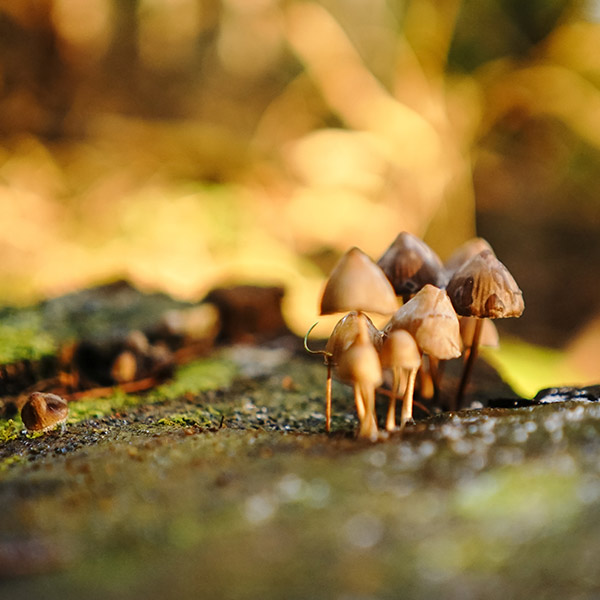Subtotal: $
Checkout-

Readers Respond: Issue 18
-

Family and Friends: Issue 18
-

I Did Not Leave
-

Summer of the Tree House
-

Warriors on Stage
-

The Beauty of Belonging
-

Insights on Beauty
-

It Could Be Anyone
-

All About Light
-

Making a Work of Art
-

The Business of the Artist
-

The Creative Process
-

Return to Appalachia
-

Excerpt: Mandela and the General
-

Why We Live in Community: A Manifesto
-

Editor’s Picks Issue 18
-

The Sacred Bonds of Sound
-

Making Music for Community
-

A Man of Honor
-

Wassily Kandinsky
-

Giant Picnic
-

Covering the Cover: The Art of Community

“Beauty will save the world,” runs a line by Dostoyevsky much quoted by art lovers. Yet it’s not at all obvious that beauty, at least the artistic kind, can do any such thing. Nor should Christians expect it to. Jesus himself seems to have preferred the lilies of the field to the artful adornments that arrayed Solomon, and his most active apostle, Paul, famously antagonized the sculptors’ guild in Ephesus.
Repeatedly in church history, movements of renewal have been deeply skeptical of art, from the original iconoclasts, who among other things sought to restore the early church’s simplicity, to Savonarola, to the Reformers, to the Puritans. As a pithy hymn by an Anabaptist martyr from the 1520s puts it: “Beauty and art – these cannot bring you to God. They stink before him and are good for nothing. Strive instead for humility.”
Iconoclasts generally haven’t fared well at the hands of historians, who dismiss them as gloomy fanatics. Nevertheless, their conviction that beauty may damn as often as it saves has today found a home within art itself. Contemporary art, whether visual, musical, literary, or architectural, is marked by its suspicion of beauty. We moderns have learned that the beautiful is often a mask for barbarity. Schubert performances were beloved by the guards in Auschwitz.
And yet: an equally ancient strain within Christianity insists that there is a beauty that can save the world. In the Greek translation of the Hebrew Bible that the early Christians used, when God in Genesis pronounces his creation good, he says of earth, plants, animals, and humans: “It is beautiful.” In that sense, the medieval theologian Nicholas of Cusa understood the creativity of the artist to reflect the creativity of the Maker of heaven and earth. The Romantics were at least partly right: the artist who creates beauty can be a channel for divine truth.
This isn’t just a high-flown theory, as anyone can attest who has joined with others to sing Bach’s Saint Matthew Passion or to stand before a painting by Raphael or Chagall. At such moments, art creates a community bound together by the beautiful, the good, and the true – that is, by God. This issue of Plough focuses on art that leads to such community: through theater, iconography, music, and the objects and architecture of everyday life.
But that is still only a part of the picture. It isn’t just that art can foster community. Christian community, the daring attempt to live and work together in justice and peace, is itself a work of creativity: a work of Jesus’ Spirit. This is the beautiful – if often difficult – adventure to which, in the end, each human being is called.


Already a subscriber? Sign in
Try 3 months of unlimited access. Start your FREE TRIAL today. Cancel anytime.
































